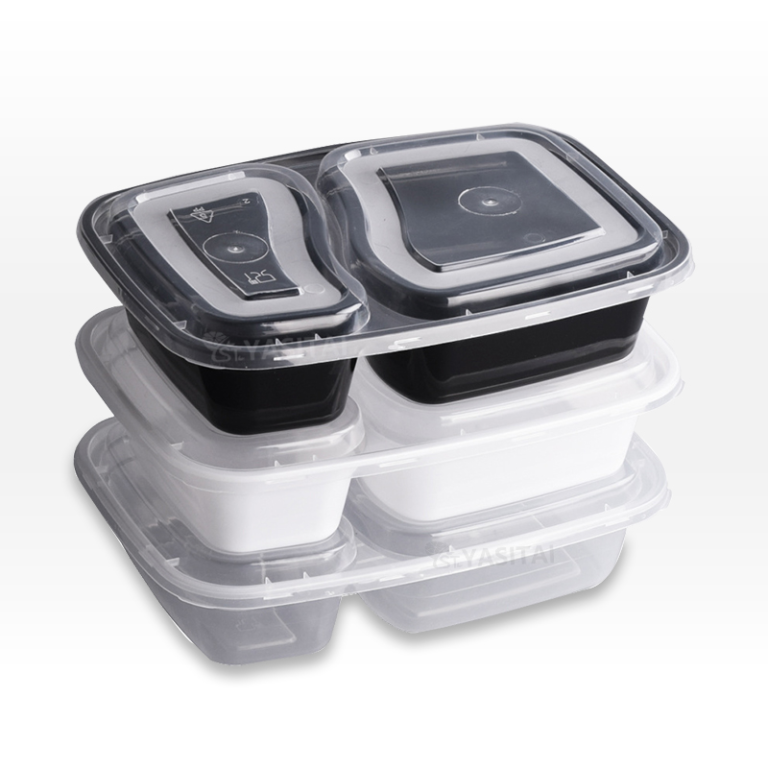How to Calculate the Environmental Impact of Your Packa
Calculating the environmental impact of your packaging choices involves assessing various factors such as material composition, energy consumption, greenhouse Apologies for the abrupt cut-off. Let’s continue:
Calculating the environmental impact of your packaging choices involves assessing various factors such as material composition, energy consumption, greenhouse gas emissions, water usage, and waste generation throughout the lifecycle of the packaging. Here’s a step-by-step guide to help you calculate the environmental impact of your packaging choices:
Lifecycle Assessment (LCA): Conduct a lifecycle assessment of your packaging materials to evaluate their environmental impact from raw material extraction and production to end-of-life disposal or recycling. Consider factors such as energy consumption, resource depletion, air and water emissions, and waste generation at each stage of the lifecycle.
Material Sourcing: Assess the environmental impact of sourcing materials for your packaging, including transportation, extraction, and processing. Consider factors such as energy intensity, carbon footprint, water usage, habitat destruction, and social impacts associated with material extraction and production.
Manufacturing Process: Evaluate the environmental impact of the manufacturing process for your packaging, including energy consumption, greenhouse gas emissions, water usage, and waste generation. Consider factors such as production efficiency, technology advancements, and process optimization to minimize environmental impact.
Transportation and Distribution: Calculate the environmental impact of transporting and distributing your packaging materials and finished products. Consider factors such as transportation distance, mode of transport, fuel efficiency, emissions, and logistics optimization to minimize carbon footprint and environmental impact.
Product Use: Assess the environmental impact of using your packaging materials, including energy consumption, emissions, and waste generation during product storage, distribution, and use. Consider factors such as packaging efficiency, product protection, and consumer behavior to optimize environmental performance.
End-of-Life Disposal: Evaluate the environmental impact of disposing of your packaging materials at the end of their lifecycle. Consider factors such as landfill disposal, recycling, composting, and incineration, as well as potential impacts on soil, water, air quality, and ecosystems.
Data Collection and Analysis: Collect data on key environmental indicators such as energy consumption, greenhouse gas emissions, water usage, and waste generation for each stage of the packaging lifecycle. Use life cycle assessment software or environmental impact calculators to analyze the data and quantify the environmental impact of your packaging choices.
Comparison and Benchmarking: Compare the environmental impact of different packaging materials, designs, and production processes to identify opportunities for improvement and optimization. Benchmark your packaging choices against industry standards, best practices, and sustainability goals to set targets for reducing environmental impact.
Continuous Improvement: Implement strategies to reduce the environmental impact of your packaging choices, such as switching to renewable materials, optimizing production processes, reducing packaging waste, and improving recycling and waste management practices. Monitor and track progress over time to measure the effectiveness of your sustainability initiatives and identify further opportunities for improvement.
By following these steps and conducting a comprehensive assessment of your packaging choices, you can calculate the environmental impact and identify opportunities for reducing your carbon footprint, conserving resources, and minimizing environmental harm. Taking a lifecycle approach to environmental impact assessment allows you to make informed decisions and prioritize sustainability in your packaging strategies and practices.
